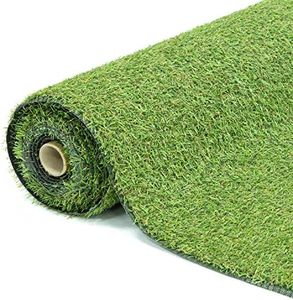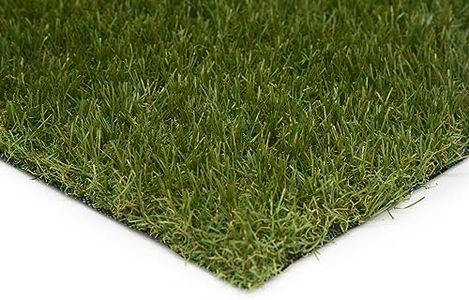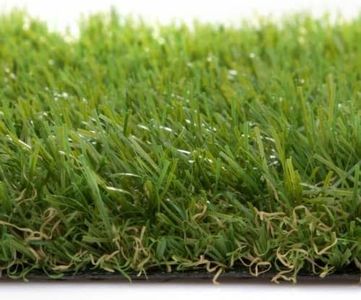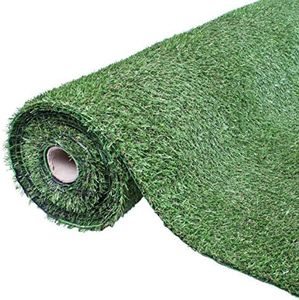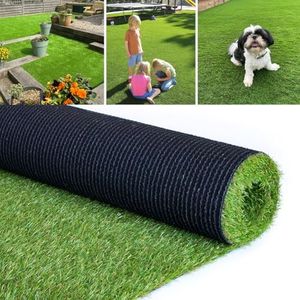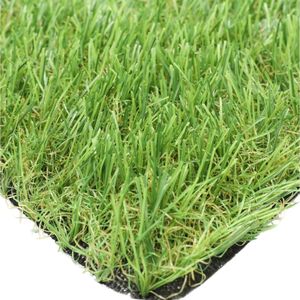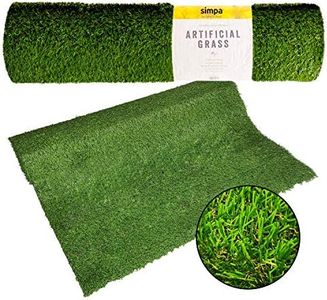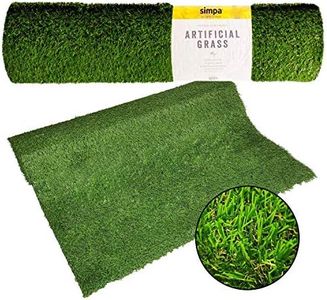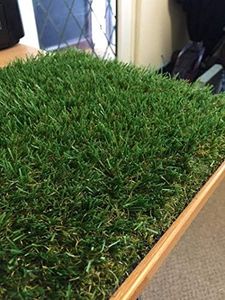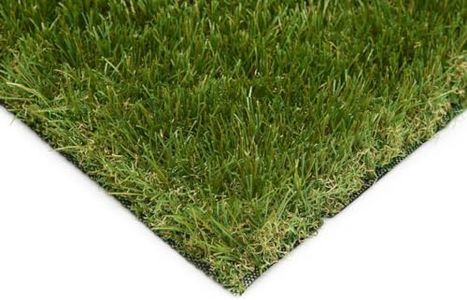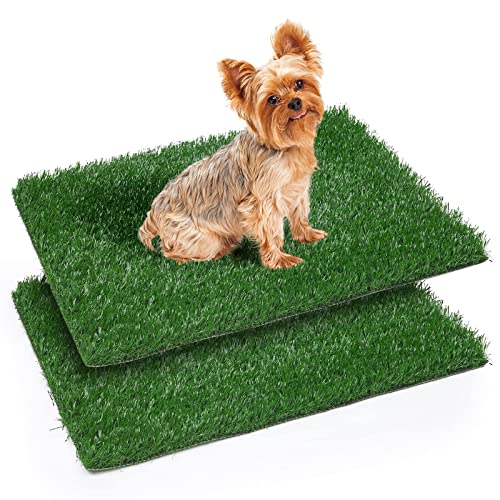We Use CookiesWe use cookies to enhance the security, performance,
functionality and for analytical and promotional activities. By continuing to browse this site you
are agreeing to our privacy policy
10 Best Artificial Grass
From leading brands and best sellers available on the web.Buying Guide for the Best Artificial Grass
Choosing the right artificial grass involves understanding your specific needs and the environment where it will be installed. Artificial grass can be a great alternative to natural grass, offering low maintenance and year-round greenery. However, not all artificial grass is created equal, and selecting the right type involves considering several key specifications. These specifications will help you determine the durability, appearance, and functionality of the grass, ensuring it meets your expectations and requirements.Pile HeightPile height refers to the length of the grass blades. It is an important factor because it affects the appearance and feel of the artificial grass. Pile height can range from short (around 10-20mm) to long (over 40mm). Shorter pile heights are more durable and easier to clean, making them suitable for high-traffic areas or sports fields. Medium pile heights (20-30mm) offer a balance between durability and a natural look, ideal for gardens and patios. Longer pile heights provide a lush, soft feel, perfect for areas where aesthetics are a priority. Consider how you plan to use the space to determine the right pile height for you.
DensityDensity refers to the number of yarns or fibers per square meter of artificial grass. Higher density means more fibers, which can make the grass look fuller and more natural. It also tends to be more durable and resilient, making it suitable for areas with heavy foot traffic. Lower density grass may be less expensive and lighter, which can be easier to install, but it might not look as lush or withstand as much wear. If you want a realistic appearance and plan to use the area frequently, opt for higher density grass.
MaterialArtificial grass is typically made from materials like polyethylene, polypropylene, or nylon. Each material has its own characteristics. Polyethylene is soft and realistic, making it a popular choice for residential lawns and gardens. Polypropylene is less expensive and suitable for decorative purposes or areas with less foot traffic. Nylon is the most durable and resilient, ideal for sports fields or areas with heavy use. Consider the level of activity and the desired feel of the grass when choosing the material.
BackingThe backing of artificial grass is what holds the fibers in place and provides stability. It usually consists of primary and secondary layers. A strong backing ensures the grass maintains its shape and durability over time. Look for a backing that is water-permeable to allow for proper drainage, especially if the grass will be exposed to rain or irrigation. If you live in a wet climate or plan to install the grass in an area prone to moisture, a high-quality backing is essential to prevent water pooling and ensure longevity.
UV ResistanceUV resistance is a measure of how well the artificial grass can withstand exposure to sunlight without fading or degrading. This is important for maintaining the color and integrity of the grass over time, especially in sunny climates. Artificial grass with good UV resistance will look better for longer and require less maintenance. If your installation area receives a lot of direct sunlight, prioritize UV-resistant grass to ensure it remains vibrant and durable.
InfillInfill is the material placed between the blades of artificial grass to help them stand upright and provide cushioning. Common infill materials include sand, rubber, or a combination of both. Infill adds weight to the grass, helping it stay in place and improving its resilience. Sand infill is more affordable and provides good stability, while rubber infill offers better cushioning and is often used in sports applications. Consider the intended use of the area and the level of comfort you desire when selecting the type of infill.

